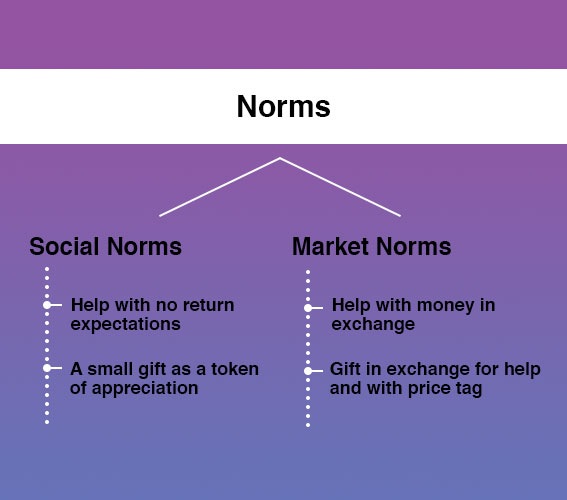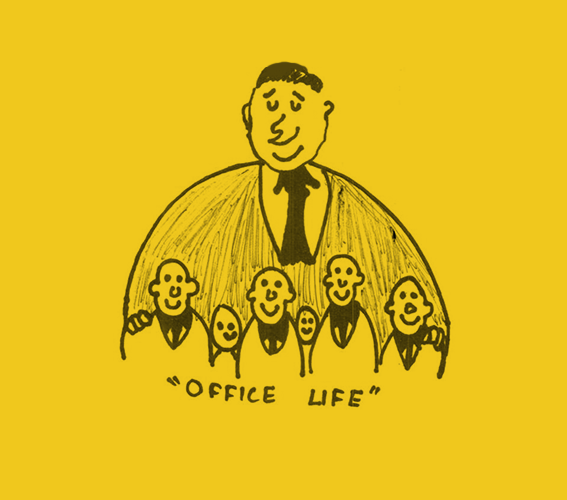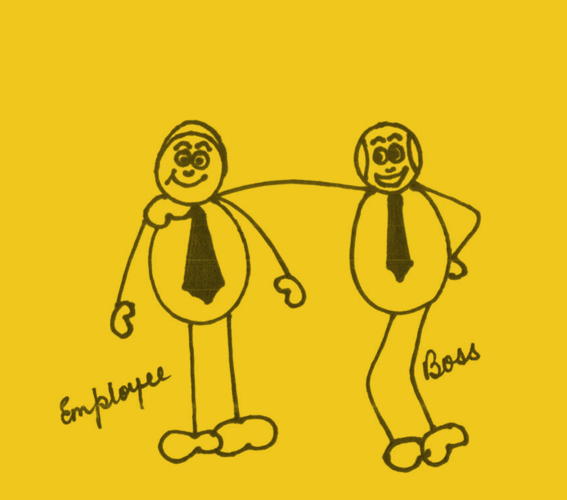“Why are employees not showing up for a good cause?”
“Whenever I ask my employees to participate in a social event, the participation is so low. What to do?”
“My employees are complete backbenchers. They seldom participate in events and even if they come, they prefer to hold back.”
“No one comes to employee engagement activities on time. I have to force them.”
The frustration was evident when a group of HR professionals were questioned about employee participation levels. The above statements were only samples and at some point, most employers would have faced this issue. Cold shoulders, less participation and a mechanical workforce have become the order of the day in many workplaces, be it big or small.
Yes, in case you are wondering, there are ways to tackle the issue. Let’s use the little experiment below to understand how better to involve the workforce.
Let us imagine that you are passing by a small lane and see a man trying to move a couch. He smiles at you and you know he is struggling. He asks you for help to move it. What will you do? You will most probably pull up your sleeves, go down, help him with a smile and move on.

Let us imagine the same scenario but with some difference. This man asks for help and says that he will offer you Rs 100 if you help him out. What will you do? Eight out of 10 people told me that they would just move on and not help.
Here is a third twist to the same scenario. This man asks for help and also offers you chocolate. What will you do? Most probably you will accept the chocolate with a smile and help.
And now for the final version: Same as scenario three, but the man tells you that the chocolate is worth Rs 100 and you can have it for free. Seven out of 10 people told me that they will pass the offer and may not help the man.
These experiments prove something: Help is intangible and when some physical benefit gets tagged on, we hesitate.
Social norms versus market norms
When we were asked for help from a stranger or from a friend, we do help them with an implicit understanding that we do not require anything in return. We may anticipate some help in return but not necessarily immediately. This simple conclusion reaffirms that we are social animals and we live most part of our lives through social norms.

When market norms (pay for help or value of chocolate) come into the picture, we approach those situations differently. Money changes everything. Expectations fluctuate and people behave differently when money comes into play. That is market norms.
Cold shoulders come into picture when you get tangled between social and market norms. Let us look at some typical case scenarios and answer these questions:
- Attendance monitoring
- Do you monitor and levy a fine on attendance?
- Do you monitor and align attendance with performance metrics?
- Do you monitor and pass on a gentle advice?
- Performance incentives
- Is your incentive structure rigid?
- Do you make fewer exceptions on your targets?
- Do you provide exceptions and appreciate efforts?
- Letting go of employees
- During tough times, do you let go of your employees?
- During tough times, do you cut salaries?
- During tough times, do you treat employees as friends?
- Employee notice period
- Are you rigid on employees serving their notice period?
- Do you allow employees to buy-back their notice period?
- Are you flexible in waving off notice periods?
- Employee leave policy
- Do you insist on a micro-coded leave policy?
- Do you reprimand employees on excess leave?
- Do you provide leave counselling and encourage employees to go on leave?
Your answers define your employee behaviour
If your answer is generally (a) or (b), it is clear that you have built an organisation based on market norms. Employees value money, fear your policies and management, look at you as the moral police and always expect something in return for whatever you ask.
If your answer is largely (c), you have built an organisation bubbling with social norms. Employees value your relationship, build lasting bonds, see the organisation as a transparent workplace, look at you as a friend and are always more than happy to come to work.
 If you answers are mixed, you send mixed signals. Employees are sceptical of your actions, love your organisation but prefer to work elsewhere, see you as not so transparent workplace, look at you as big brother and treat work as work. Period.
If you answers are mixed, you send mixed signals. Employees are sceptical of your actions, love your organisation but prefer to work elsewhere, see you as not so transparent workplace, look at you as big brother and treat work as work. Period.
How to make the move?
Now that you are clear on what you have built, there is a multitude of possibilities for you to improve. Understanding and acknowledging where you stand is most important. Once you have done that, more than 75 per cent of the solution falls into place. Deciding on whether to change or let it be is another 10 per cent. You can decide not to change and that is perfectly fine.
Form a small team, articulate the challenge and ask for suggestions. Let the team come from employees and be devoid of any major management participation. This is another 10 per cent of your solution.
Implement the suggestions. This shows that you are serious and this is the last 5 per cent of your solution. This 5 per cent has a huge potential to upset your entire apple cart. So be sure to act.
You can apply these questions and suggestions to your business challenge, people challenge or personal challenge. Key is to understand the side of the spectrum we stand. Rest will fall in place.
Dan Ariely opened my eyes through his book titled Predictably Irrational and this article is largely based on his experiments and thoughts. Thanks, Dan!
(Illustrations by Gunjan Srivastava)












